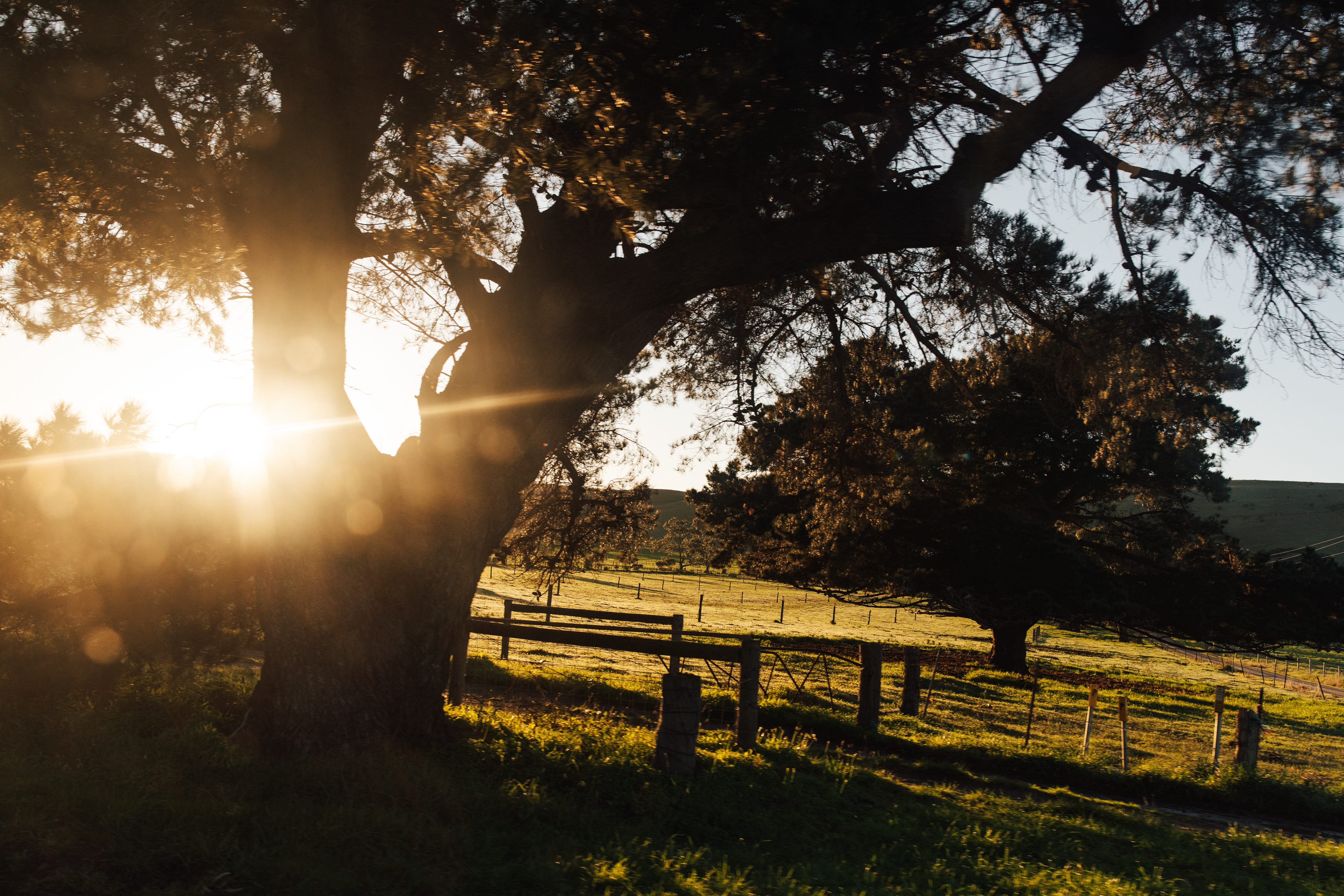
Livestock SA – year in review
THE YEAR 2014 has been one of ups and downs. Dry conditions continue to hamper livestock production across the state and from the South East to the Far North, many producers are planning how to manage a potentially long, dry summer ahead.
At Livestock SA, aside from the season, we are happy with progress through year one of the organisation.
Livestock SA has been up and running since the end of May 2013 – about 18 months. There are nearly 1900 signed‐up members, we have two regional, grassroots groups feeding into Livestock SA
- the Northern Region covering the pastoral zone and the Southern Region covering the South East.
Nationally, we are represented on the Sheepmeat Council of Australia, Cattle Council of Australia, Goat Industry Council of Australia, WoolProducers Australia and the South East Australian Livestock Exporters Association. Locally, we’ve met with growers across the state including Cleve, Karoonda, Mount Pleasant, Cambrai, throughout the South East, Port Augusta, Maree, and the AGM at Roseworthy.It’s fair to say, it’s been a busy year.
In 2015, we need to continue our work in key policy areas, such as drought, transport, fracking – in the South East and Far North – increases to the Emergency Services Levy, wild dogs, biosecurity, and water, both high cost of water and funding of the SE drainage system.
Some updates in key policy areas include:
- Pastoral drought: Livestock SA managed the application process for on‐property works under the Far North Water Infrastructure Grant Scheme. The scheme – funded by the State and Federal governments and the Arid Lands NRM Board – enabled drought‐affected pastoralists in the Far North to apply for up to a $25,000 grant to cover up to 50 percent of costs for eligible water infrastructure projects. Applications closed on December 31 and all aspects of the project must be completed by May 31, 2015.
- ESL levy increase: Concern continues over the potential impact of Emergency Services Levy increases on future commitments of primary producers to the Country Fire Service. There was considerable publicity recently about two CFS volunteers who did not fight a fire near Ceduna because of the ESL rises. Livestock SA has gathered feedback from members about the levy increase and their commitment to the CFS. We are calling for previous remissions and concessions for primary producers to be reinstated as well as some of the ESL funding to be used to subsidise voluntary membership and service to CFS, and to establish a fund for treatment of livestock injured in fires or removal of dead livestock from fire‐affected properties.
- Working dogs: Working dogs will be part of a new code of practice for animal welfare in South Australia. Livestock SA is encouraging dog breeders or anyone who values working dogs in their business to provide feedback on the draft code. While the code for breeding dogs and cats targets ‘puppy factories’, working dogs are not exempt from the code. The present draft covers responsibilities and competency of staff, quality management, animal housing, management and health, transfer of ownership and breeding and rearing. Contact the Livestock SA office for a draft copy of the code.
- Pastoral Act: Following the government’s decision to abolish the Pastoral Board, Livestock SA has held three meetings in the pastoral region and surveyed members for their views. The consensus is that regardless of whether the board is retained, there needs to be changes including consideration being given to the Pastoral Act being transferred to Minister for Agriculture Leon Bignell’s portfolio with its producer and business focus.
- Wild dogs: Livestock SA is continuing to pursue this issue and support national advocacy groups in developing an overarching strategy. There will be another aerial baiting run inside the fence in March but the Wild Dog Action Group is advising ground baiting be conducted because aerial baiting is only a top‐up.
- Wool industry training: Livestock SA is continuing to support WoolTAG in shearer and shed hand training. In conjunction with TAFE, we are developing a toolbox to encourage new trainees into the industry which includes up to $500 for new shearer trainees and $200 for shed hand trainees. We all know that the industry desperately wants more shearers and shed hands and we have to be proactive in making sure they know about the opportunities in the wool industry but also supporting them once they have made the decision that ours is the industry they will make their career.
As in‐coming president of Livestock SA, I’d just like to publicly acknowledge the contribution of Richard Halliday to the organisation. As the inaugural leader of Livestock SA, he has spent a lot of time and energy in establishing the advocacy group and setting its course. Richard will stay on as a board member of Livestock SA and we wish him all the best in the new national role.
We wish you a Merry Christmas, a Happy New Year and may the season be kinder in 2015.
‐ Details: Livestock SA, 08 8297 2299, admin@livestocksa.org.au
